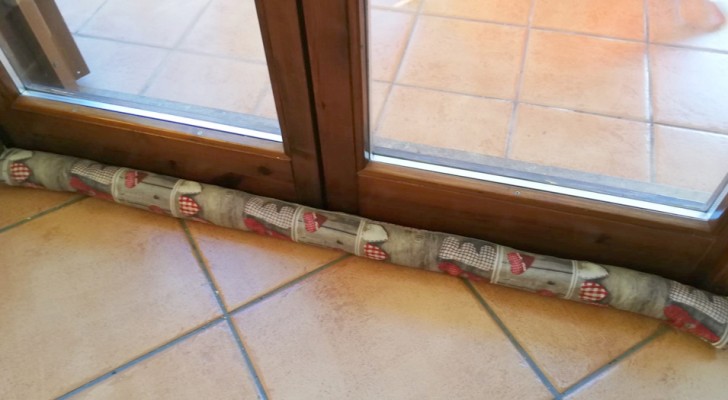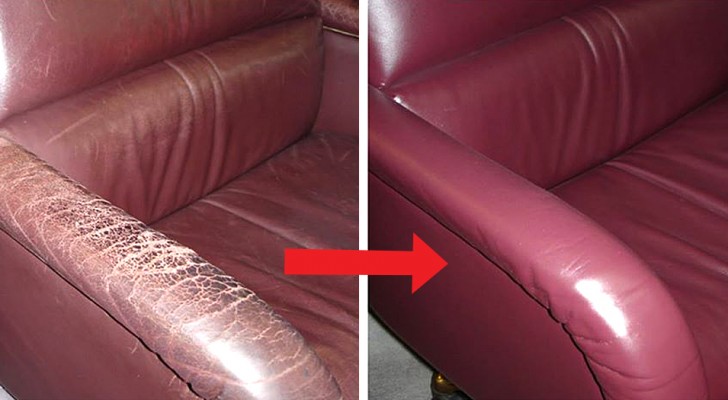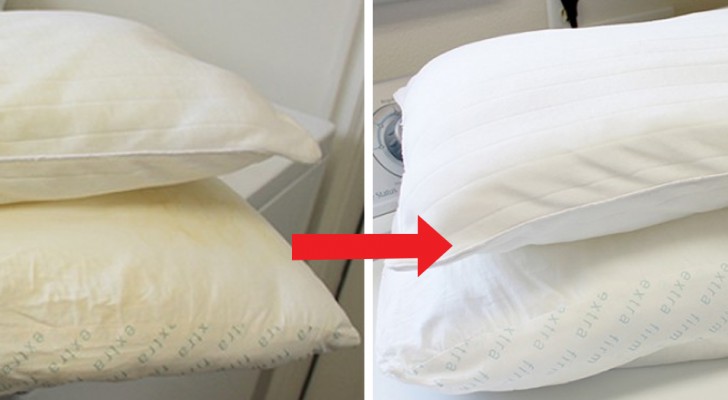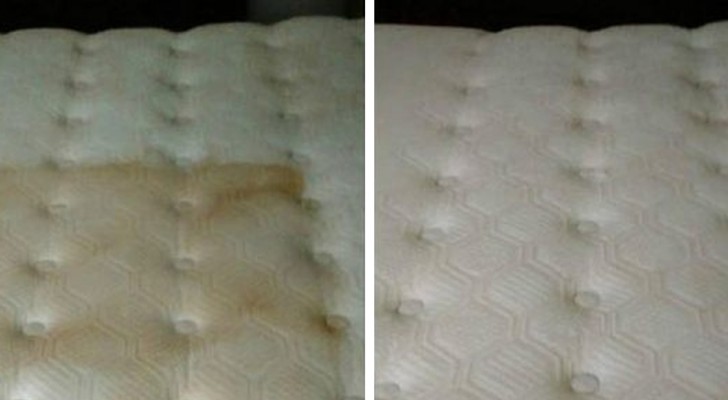Say goodbye to humidity in your house: how to make a do-it-yourself dehumidifier for a few cents
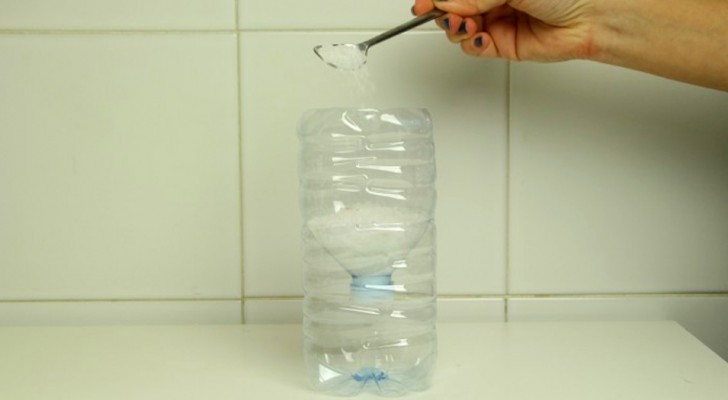
Humidity in the house should never exceed or fall below certain levels, especially during the winter, but regulating it can be really difficult, especially in certain environments that seem "predisposed" to dampness. Those who live in an attic, for example, will have to deal more often with humidity and the consequent formation of mold, especially if the walls of the building and the roof are not effectively insulated. Ideally, the humidity in the home should always be between 40% and 65%, depending on the age and health of each individual, as well as the temperature. Otherwise, an excess of humidity could even involve minor or even serious risks to our health, especially if it lasts over time.
In addition to relying on technological and certainly expensive solutions, we can try some do-it-yourself tricks and still experience a beneficial change in our home. Let's see specifically what we can do to decrease the humidity in the house.
The bottle with salt remedy
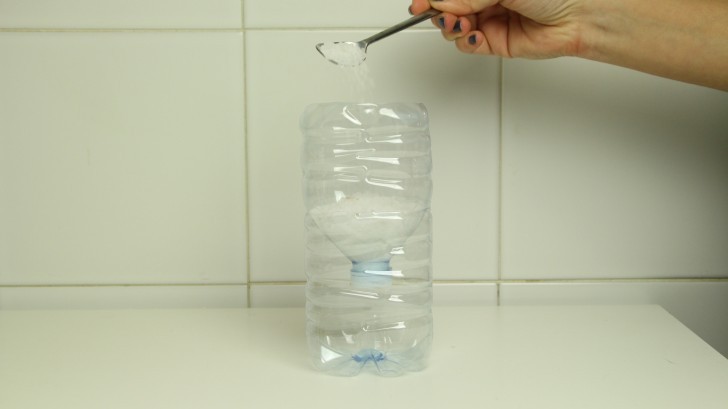
Just take an empty plastic bottle and some coarse salt, an ingredient that we are sure will never be missing from your kitchen. How to proceed: cut the bottle in half and poke some small holes near the top; then insert the part just cut into the base of the bottle, taking care to point the neck downwards. Then, pour the coarse salt inside the bottle (carefully closed with its cap) and place it in the room where you need it to act as a dehumidifier. Consider that with half a cup of coarse salt you should be able to dehumidify a room 15 feet by 15 feet.
Instead of the bottle, you can also use plastic food containers and light cotton or gauze bags. Just put a little salt in the gauze bag and place it on the lid of the plastic container, which should be pierced to allow the water attracted by the salt to drain directly into the container.
Salt lamps
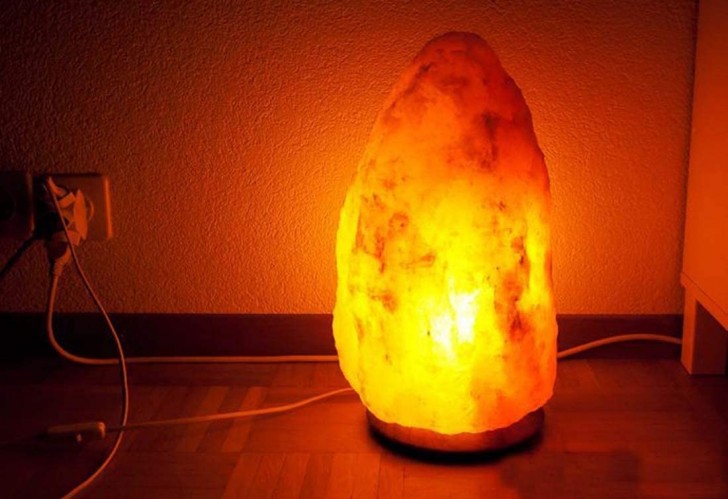
Another alternative, which is also a pleasant decoration for your home, is the salt lamp. These appliances have the dual function of capturing the humidity present in the room when they are on (they need to remain on for a long time to be able to offer an effective action over time), thanks to the presence of Himalayan salt, and of being very aesthetically pleasing. Pay attention, however, to the presence of animals in the house: it has been found that these salt lamps can be very harmful for cats who, intrigued, approach and come into contact with the salt. If you have cats or other pets in your home, it is best to avoid purchasing these lamps or consult a veterinarian first about the possible risks.
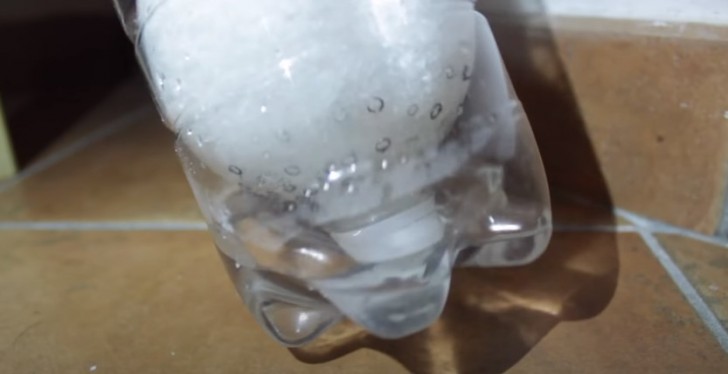
Finally, to lower the humidity level in the house, it is always advisable to keep some precautions in mind. If you can, always ventilate the rooms well, perhaps in the morning: opening the windows is certainly the first piece of advice to follow daily. When cooking, especially if you have pans boiling which are causing a lot of steam, always turn on the extractor hood and, perhaps, keep a window ajar to facilitate the recirculation of air. Take care not to hang too many wet clothes in a room, especially if you have the habit of always placing the drying rack in the same spot. As in the kitchen, in the bathroom too, it is advisable to always open the window a little after taking a shower, for example, or to install an extractor fan in bathrooms, especially if you don't have a window. If it's not strictly necessary, avoid watering your indoor plants too often or, at the very least, try to avoid leaving water to stagnate in saucers.
Let us know in the comments if you have tried the bottle remedy and if it helped to reduce humidity in your home.

